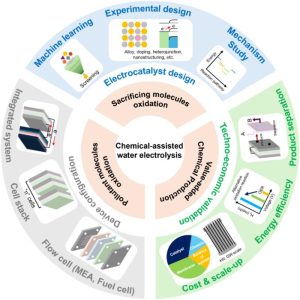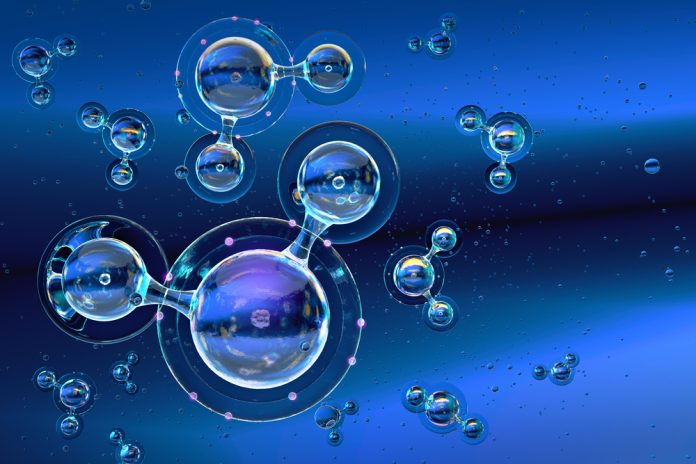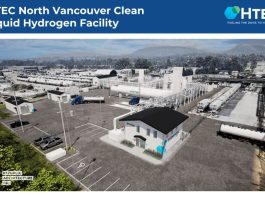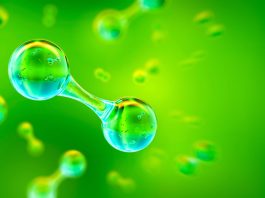To address climate change and environmental pollution, clean hydrogen production technologies, such as water electrolysis, are gaining attention.
Water electrolysis is considered a promising technology that can produce hydrogen without carbon dioxide (CO2) emissions.
However, the challenge of reduced energy efficiency due to high operating voltage remains.
The need for hydrogen to combat climate change
Global CO2 emissions from fossil fuels were expected to reach 37.4 billion tonnes in 2024, reflecting a 0.8% increase compared to the previous year, according to recent data from the Global Carbon Project.
This trend runs counter to global efforts to move toward a carbon-neutral society, highlighting the urgent need to reduce fossil fuel consumption and develop alternative clean energy technologies.
Despite global efforts to reduce the use of fossil fuels, CO2 emissions continue to rise. As the demand for clean energy grows, hydrogen, which does not emit CO2 during combustion, is emerging as a promising energy resource.
Hydrogen has a high energy density, which is significantly higher than that of conventional solid fuels. Moreover, hydrogen plays a key role in addressing the challenges of intermittent renewable energy supply, such as from solar and wind sources.
By converting excess electricity into hydrogen and storing it, hydrogen offers a viable solution for energy storage and transportation. To fully realise this potential, it is crucial to produce hydrogen in a manner that does not emit carbon.
The benefits of chemical water electrolysis
Chemical water electrolysis is emerging as a promising solution to address these challenges.
This technology produces hydrogen at a low voltage by substituting the water oxidation reaction (OER) with various chemical oxidation reactions, such as ammonia, alcohol, urea, and hydrazine.
Moreover, it offers the potential to simultaneously enhance energy production and promote environmental improvement by generating high-value products or eliminating pollutants.
A team of researchers introduced various chemical water electrolysis systems in this study and systematically analysed the latest catalyst design strategies to address the high overpotential issues of each reaction.

“Chemical water-assisted electrolysis technology represents an innovative approach to overcoming the limitations of conventional water electrolysis, enabling clean hydrogen production with enhanced energy efficiency,” explained Ho Won Jang, a Professor at Seoul National University.
“This study systematically compiles the latest catalyst design strategies and demonstrates their potential for improving the energy efficiency of various chemical water-assisted electrolysis reactions.”
Can technical challenges be overcome?
However, there are still many technical challenges for chemical water electrolysis to replace conventional electrolysis methods.
Key issues include maintaining catalyst durability and achieving low-voltage operation, which is being actively addressed through electrochemical reaction mechanism studies and AI-driven catalyst design.
For industrial applications, high current density (A cm-2) and long-term stability (>10,000 hours) are required. Recently, researchers have been working on membrane electrode assembly (MEA), which is a direct assembly of anode, membrane, and cathode, to reduce electrical resistance and mass transfer losses while achieving high current density.
Additionally, fuel cell-type devices that operate under high-temperature conditions for high performance are also being developed, along with efforts to develop self-powered hydrogen production systems.
The future of green hydrogen production through electrolysis
As these developments progress, chemical water electrolysis could become a key technology in the transition to sustainable, clean energy solutions.
“The main goal of this review is to quickly and accurately provide readers with the latest research trends and catalyst design strategies in this field and to outline a comprehensive blueprint for industrial applications,” Jang concluded.









